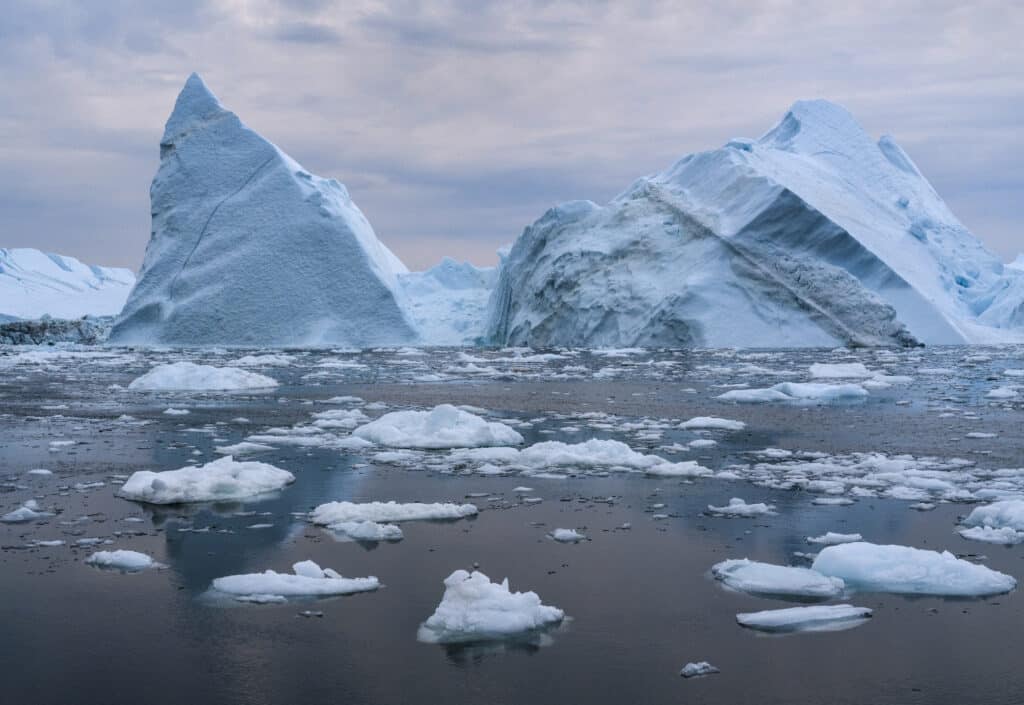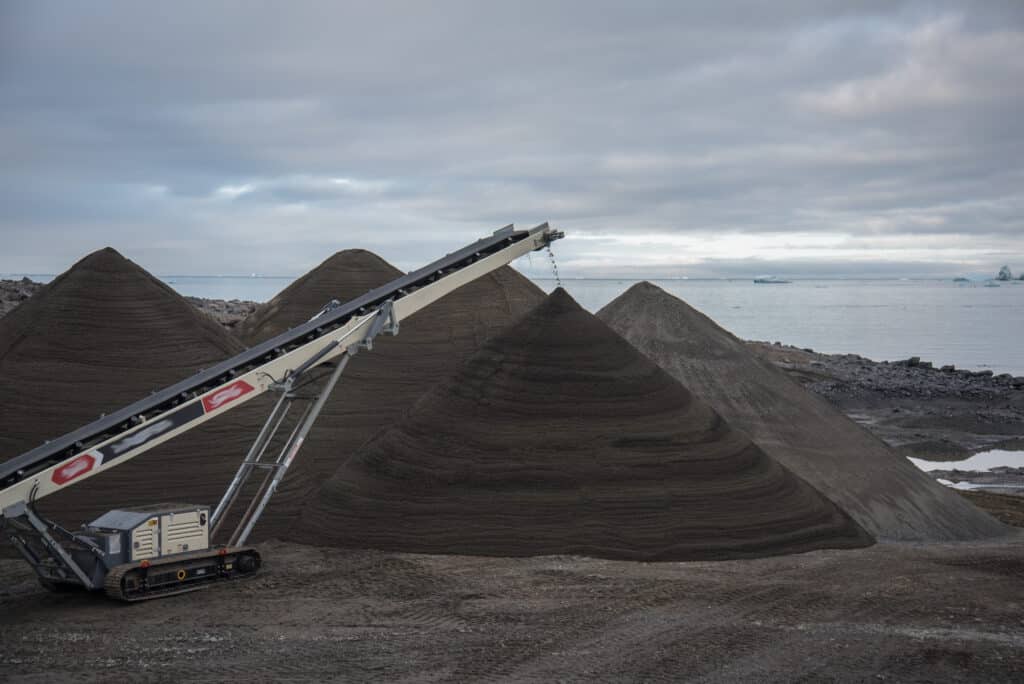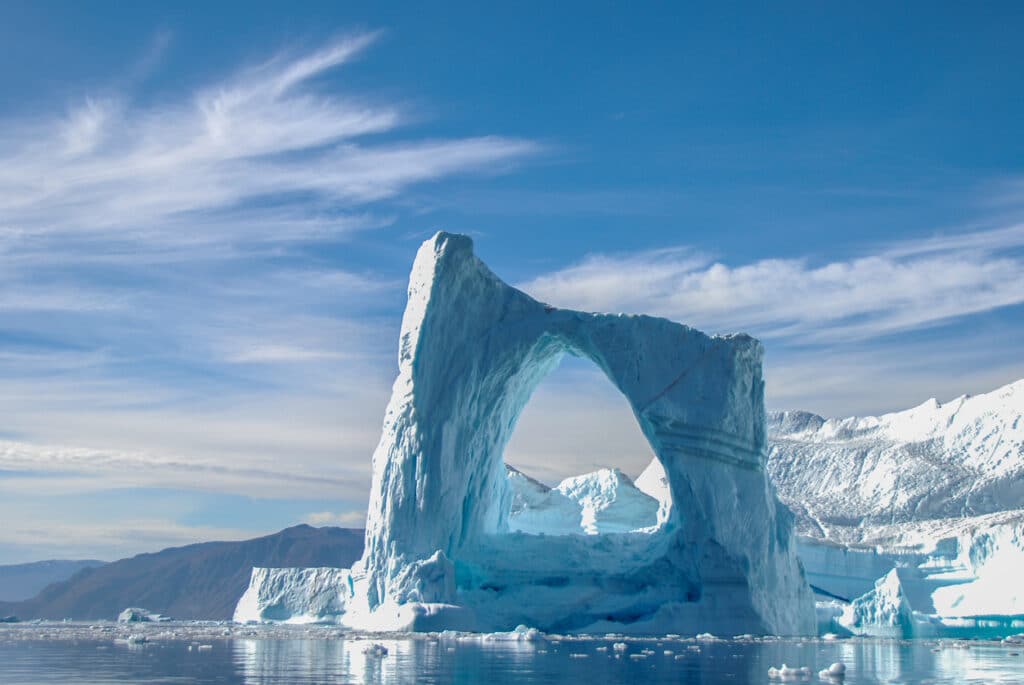Fifty Shades of Snow in Greenland: the Inuits Have indeed 50 Words for Different Types of Snow, Ice, and Much More!

Do you speak Greenlandic? Official language of the Arctic White Island since 2009, Greenlandic is part of the Inuit languages (a branch of the Eskimo-Aleut family) also
spoken in Alaska and in the Canadian Far North. Assembling words to form new ones, sometimes very long, these agglutinative languages have a very rich vocabulary to distinguish the multiple shades of snow, ice and the different types of seals.
Greenland is Melting and a UNESCO Heritage site is Leaking out of the Drain

The melting of the Greenland ice cap, which has been observed for the past twenty-five years, is likely to accelerate. Glaciers, like the one in the Ilulissat fjord, classified as a World Heritage Site, are threatened. For the inhabitants, especially the Inuit populations, the impacts of global warming have already begun to disrupt their way of life.
Greenland, a New Ecologically Promised Land?

With 80% of its surface occupied by an ice sheet, the White Island of the Arctic remains to be explored. With the melting of its ice cap, its mineral-rich subsoil is becoming more accessible and is attracting interest. Which resources to exploit and at what environmental cost? The 56,661 inhabitants of this immense territory (about three times the area of Texas) will have to decide.
Greenland Travel and Trek: 10 Things to Know about the White Island of the Arctic

Covered largely by ice, the White Island was named « Green land » by Erik the Red (c. 940 – c. 1010) in the hope that the name would attract settlers in search of more habitable spaces, including his fellow Vikings from Iceland. In the midst of a transformation, this land of contrasts, 80% of which is occupied by an ice sheet, has been hit hard by climate change. The consequences are threatening to have global repercussions (rising water levels due to the melting of the ice cap), but also to offer local opportunities; access to the mineral-rich subsoil, changes in fishing periods and areas… Ten facts to know about these new challenges that will affect the 56,661 inhabitants of this gigantic territory, whose dynamics are disrupting the entire planet.